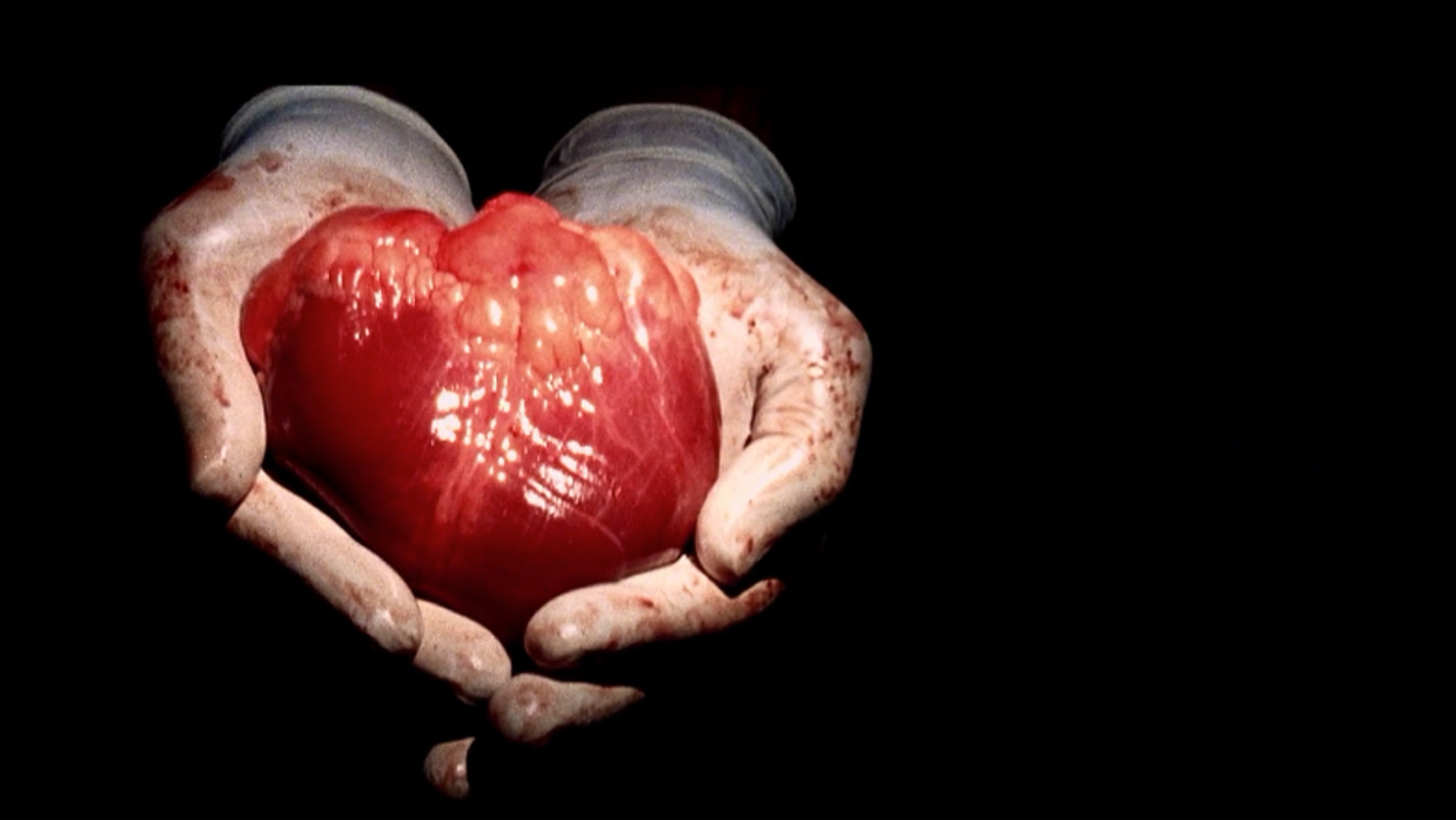Occasionally patients in the ER exhibit rhythms that we find slightly concerning – you know what I’m talking about - A-fib, V-tach, Asystole, V-fib.

Well today I wanted to talk about ventricular fibrillation and how sometimes people just won’t convert or they convert and decide not to maintain an acceptable rhythm - the kind of rhythm their parents would be proud of, you know? Instead they live in their parent's basement and continue rebelling against normal hemodynamic stability. Some people call it a phase but after at least 3 defibrillation attempts, 3 mg of epi, and 300mg of amiodarone, and 10 minutes of CPR, ITS REFRACTORY V-FIB.
You can throw joules upon joules at these people until you feel like…
That's a Pikachu for all of the octogenarians in the room. Its funny because it shocks things with electrici....ah oh well its too much to explain. Moving on.
After a prolonged code where it feels like Thor’s hammer of code cart driven medical justice has still had no effect upon the situation and you are out of options, you, the astute clinician, have another trick up your sleeve:
ESMOLOL. Now the idea of using a beta-blocker is to quell the CATECHOLAMINE STORM currently creating a synergistic cyclone within your patient’s body. This storm increases myocardial oxygen requirements, ischemic injury, lowers Vfib threshold, and disrupts myocardial function. Esmolol is nice because it works quickly and has a short half life in the event that you have severely miscalculated.
A study by Driver et al. from 2014 used a loading dose of 500 mcg/kg bolus followed by an infusion. 50% of patients (3 out of 6) who received esmolol survived to discharge with favorable neurologic outcome. ALL SIX OF THEM ACHIEVED SOME ROSC. This is opposed to 11% survival (2 out of 19) of the control group who received no esmolol.
Like all medical studies where your patients are extremely critical and essentially moribund with an uncommon presentation, the quantity of patients included is weak.

Another group in Korea (Lee et al.) published a study in 2016 that compared 16 refractory VF patients who received esmolol versus 25 who did not and found higher rates of temporary ROSC, sustained ROSC, and survival to the ICU. These studies are promising and hopefully more are on the way.
What's your point? These refractory VF patients likely need a cardiac catheterization more than anything else. The more you can do in the ER to stabilize them to revascularization of the vessel that precipitated their refractory VF electrical storm, the better. Esmolol should be a strong consideration in these rare situations.
Learn more: https://empharmd.blogspot.com/2017/03/revisiting-esmolol-for-refractory.html?m=1
https://www.emrap.org/episode/badbleedsinthe/3treatmentsfor
Driver BE, Debaty G, Plummer DW, Smith SW. Use of esmolol after failure of standard cardiopulmonary resuscitation to treat patients with refractory ventricular fibrillation. Resuscitation. 2014;85:1337-1341.
Lee YH, et al. Refractory ventricular fibrillation treated with esmolol. Resuscitation. 2016;107:150-155.

